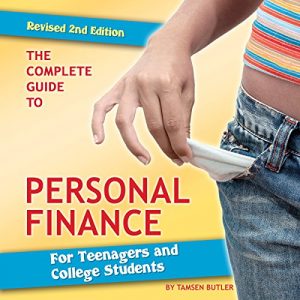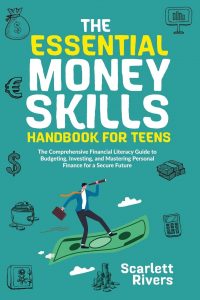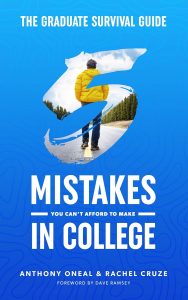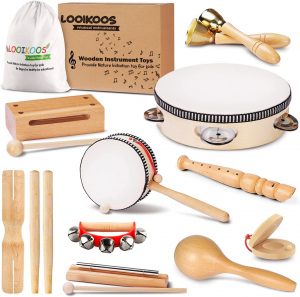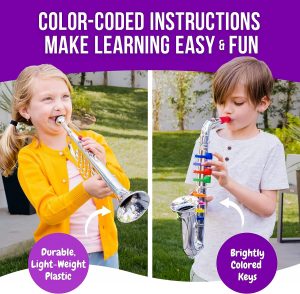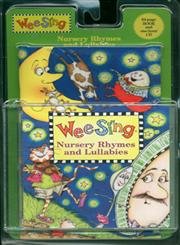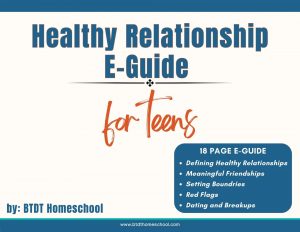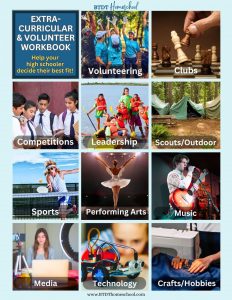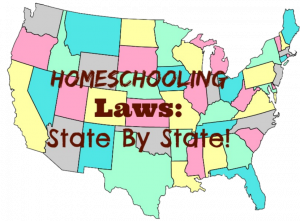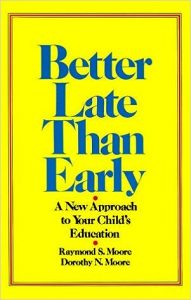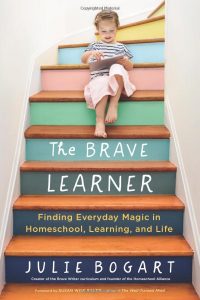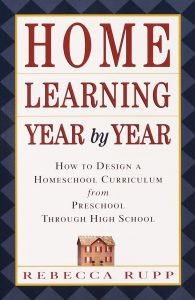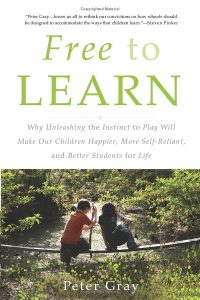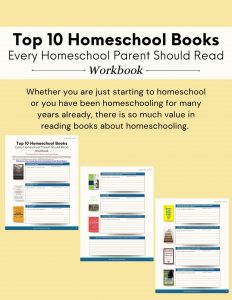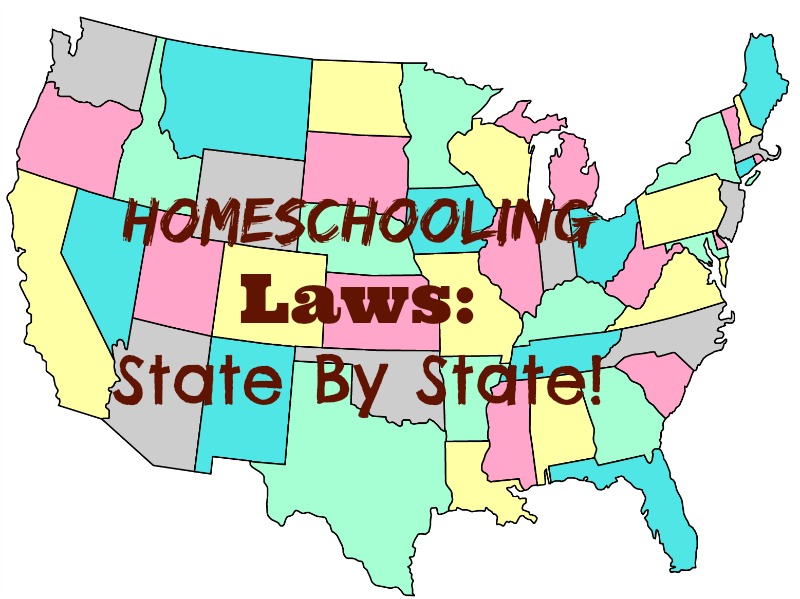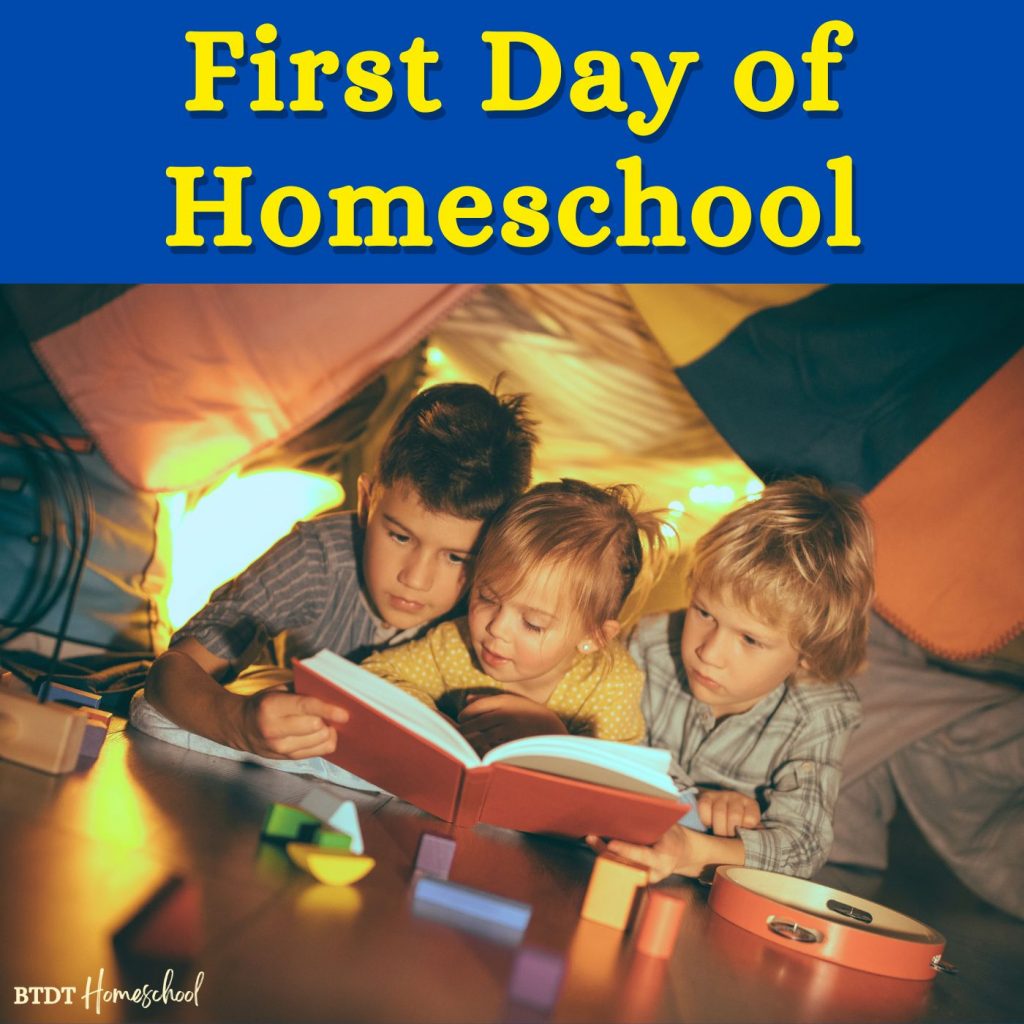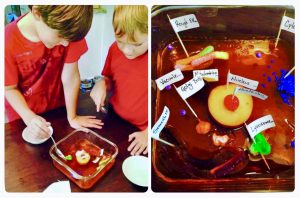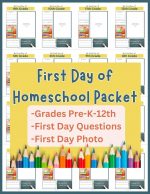Homeschool Freebies PreK-12th Grades: Instant Download!
FREE Homeschool Resources Discovered from all over the world

Everything Listed is FREE Instant Download
(unless otherwise stated)
for the most up to date posts
BTDT Homeschool was created with a heartfelt mission: to empower and give back to the secular homeschool community.
Through our informative podcasts, blog posts, daily inspiration, and a wide range of free printable tools, we aim to empower you on your homeschooling journey.
New to Homeschooling>>>

These are FREE Homeschool Resources that we have discovered or used in our own homeschool. If a link does not work, please let us know by sending an email to us as info@btdthomeschool.com
This page is NOT updated every day.
For DAILY Updates, join the FB GROUP:
Free Resources:
Tax basics: Teens who work part-time jobs need to understand the basics of taxes. This FREE Tax unit study has a teacher guide, student worksheet, and free poster. Ages 13+
Pre-Writing: FREE 24-page pre-writing tracing sheets. PreK
Guitar Chord Posters & Fingers Guide. This FREE 47-page pdf guide will help your new musician ![]() All Ages
All Ages
Mr. Popper’s Penguins unit study. Free 35pg pdf. Ages: 6-12. Read Mr. Popper’s Penguins Book Reviews
Teaching with math manipulatives helps concrete math concepts. This FREE 38-page pdf has the following printable manipulatives: Base 10 blocks, fraction blocks, fraction tiles, geoboards, pattern blocks, dice templates, block grids, dot templates, algebra tiles. All Ages
Apple unit study: Lots of interesting activities in this FREE 15-page pdf. All ages.
FREE 10-pg pdf with Fall Equinox Activity pages. Ages 7-13
Learn about the Science behind fall EQUINOX MYTHS with this FREE 3-page pdf that includes simple science experiments debunking superstition. AllAges
Fall Equinox: Teach how the Earth’s tilt, and its position in orbit around the Sun, determines seasons all around the globe with activities with this FREE NASA pdf. Ages 5-11
50 Bucket List Ideas for Autumn Activities (pdf). All ages
Teach Prefixes, Suffixes, and Root Words with this 112-page FREE pdf unit with TONS of games, worksheets, and activities. Grades 3-8
9/23/2023 is the first day of Fall! ![]() Enjoy this FREE 23-page Fall Packet. Kindergarten
Enjoy this FREE 23-page Fall Packet. Kindergarten
Trees: learn about different trees with this FREE 25-page pdf activity pack![]()
![]() Grades 1st-5th
Grades 1st-5th
Climate Change: On September 20, 2019, students from 185 countries staged the world’s largest-ever protest on climate change led by Greta Thunberg. Teach about climate change and the role of nature in creating resilience with this FREE 44-page lesson plan. Grades 9-12
Spiders: learn about spiders in this FREE 26-page unit study. 1st-5th
Teach Consonant sounds with this FREE 49-page pdf workbook. Grades 1–2.
Women in STEM: learn about these innovative women and their contributions to STEM by downloading one or all of these FREE posters. You can have your child research each one to learn more as unit studies. Grades 3-12
Ancient Greece Study: timelines, worksheets, vocabulary, and more in this FREE 177 page study. Grades 5-8
Hispanic Heritage Month: Tons of FREE activities and printables in this 190-page pdf to celebrate and learn about Hispanic Heritage Month 9/15-10/15. Grades K-12
Mexican Independence Day 9/16: Have your family pair up in teams or assign these FREE pdf print worksheets with photo challenges for each child. Grades K-12
SEASONS: The change of seasons allows for many different types of work, food, celebrations and recreation. Plants and animals also change their ways with the seasons. These FREE Journal pages show the effects of weather changes on how we live. Grades 4-8
Learn about Monarch Butterflies before the Great Migration with this FREE 34-page pdf lesson & activity pack. Grades K-2
Animal Farm Unit Study. This 51-page FREE pdf study guide explores the world of Animal Farm with comprehension questions, analysis, group discussions, debates and writing exercises, plus a vocabulary list. Grades 9-12. Check out Animal Farm Book
Solar System: Make a book with a tab for each planet in our solar system with this FREE 11-page pdf booklet. Grades 2-5
Quill is a non-profit providing FREE literacy activities building reading comprehension, writing, and language skills. Quill does have some paid reporting features that would make sense for a large school or district, but the bulk of what they provide is free, and perfect for homeschooling. Grades K-12
NASA’s Space Place is an awesome FREE site with interactive games, projects, crafts, and facts about space. Content is grouped into five sections: the sun, Earth, solar system, space, and people and technology. An additional parents and educators tab offers classroom activities, printable posters, and more. Ages 7-14
Genealogy is a lot of fun and kids can be introduced to their family roots by making a family tree. Get FREE step-by-step directions on how to make one. Also, get FREE instant download templates. Young kids can make a simple version with immediate family and pictures. Grades preK-12
Kindergarten Learning Packet: This 49-page FREE pdf Packet made for a school has phonics, math games, songs, and other activities and can easily be used in homeschool. Grades K-2
September 11th Lesson 9/11: teaching the history of the attack on the World Trade Centers to children is difficult. This short BrainPOP video (with additional info) is a great resource to help children understand. SENSITIVE but age-appropriate. Grades 4-8
The Internet Archive is a fantastic FREE resource with a MIND BLOWING amount of information AND it’s one of your best resources for Research Papers with great search tools. This non-profit organization’s stated mission is “universal access to all knowledge.” They provide access to digitized materials: 28 million+ books and texts, 475 billion+ web pages, 14 million+ audio recordings (including 220,000 live concerts), 6 million+ videos (including 2 million Television News programs), 3.5 million+ images, 580,000+ software programs. There is also an Open Library, where you can login and borrow books for 14 days. All Ages
Healthy Teen Relationships: 18-page pdf guide helping your teen form healthy relationships and look for red flags.
Writing Templates: FREE 40-page pdf templates for helping and inspiring young writers with pre-writing skills and writing. Grades 3-8
Periodic Tabel Bingo: Learn the periodic table in a fun way with this FREE pdf BINGO Game. Grades 7-12
Learn about Community Helpers with this FREE 22-page colorful pdf sort and classify play mats. Grades preK-2
ROCKETRY: if your child is into rockets or wanting to learn about them, you can get together with model rocket flyers in a NAR Section near you — a lot of them have building sessions, launches, and more. My kids were both into rocketry and we were members of our local rocket society for years. It was completely FREE but this may vary, depending on each local chapter ![]() All Ages
All Ages
The Levels of Classifications of Living Things: Cut out and BUILD with this FREE 8-page pdf document. Grades 3-8
To Kill a Mockingbird UNIT STUDY: This is such an excellent classic book that teaches important lessons on division and unity. Use this 21-page FREE study guide and make it an entire unit study. Grades: 9-12
Place Value Activity Package: this is a fantastic FREE 115-page pdf activity pack—full of games, spinners, and a variety of activities to help concrete place value and number sense. Grades 1-6
WWII Visual History: 84 years ago today Nazi Germany Invades Poland, Starting World War II. You can use this FREE interactive which provides a complete overview of worldwide events leading up to, during, and after World War II. Articles, photos, and videos. Grades 6-12
Hurricane Tracking Chart: learn about Hurricane patterns by tracking current hurricanes in real time with this FREE pdf tracking chart with plotting instructions. Grades: 2-7
Minecraft Airport Design Challenge: with specific instructions from the FAA STEM Program, students design and build a model airport in MINECRAFT—New challenge starts TODAY! with Deadline 12/31. Grades K-12
Moon Calendar: make a moon phase calendar with this FREE pdf with instructions from NASA. Grades: 3rd-12th
Basic Auto Care: Teach your teen about basic auto care with this FREE 18-page step-by-step pdf Teen car maintenance and repair guide & checklist. Ages 14+
Dental Health: FREE 208-page pdf unit study with tons of activities (CREATED FOR A DAYCARE, so just SCROLL DOWN & use the relevant pages). Grades: PreK-1
Student News: The World from A to Z is a FREE Daily 9min news segment with summary of world events, stories that are interesting to students, and silly puns. If you’re not familiar with Carl Azuz, we love him and watch every morning to kick off our school day! Grades 6-12
MATH Competitions: Registration for MAA’s American Mathematics Competitions (AMC) program is open! Students in grades 6, 7, and 8 participate in the AMC 8. The AMC 10/12 is the first in a series of competitions that eventually lead all the way to the International Mathematical Olympiad. AMC Competition Dates: AMC 10/12 A: November 8, 2023, AMC 8: January 18-24, 2024
Ancient Egypt Game Senet: learn how to play Senet with this FREE printable boardgame and directions: Grades 1-12. You can learn more about the history of this game in Ancient Egypt in this YouTube video
Today commemorates the 60th anniversary of Dr. Martin Luther King Jr. delivering his “I Have a Dream” speech. Use this 8-page FREE printable for activities, and print this mobile for FREE so your child can craft their own dreams. All ages
Poetry Guide & Workbook: Guide your child into the world of poetry using this FREE 73-page easy-to-follow format poem workbook. Includes format worksheets and poem examples. Grades: 5-12
History of Money: In this 45-page FREE pdf unit lesson, students learn a brief history of the origin of money as well as the history of money in the United States of America. Includes a lot of fun money worksheets. Grades: 2-6
Tons of FREE Science posters & worksheets with answer keys on this website. The pop-ups are a bit annoying, but everything is instant download with no sign up. Physics, chemistry, biology, physical science. Grades 7-12
Jesse Bear Unit Study: This was one of our favorite books when my kids were little and you’re going to love this FREE 28-page pdf colorful unit study. Grades: PreK-1. This goes with this Jessie Bear book
Emotional Workbook: The New Zealand govt developed this FREE pdf activity book for children whose parents are physically or mentally ill, but it has tons of activities and colorful worksheets about helping children deal with their feelings and overall well-being. Ages 5-12
Sight Word Lists: Teaching high frequency & sight words? Here are some creative and fun ways to teach and keep your kids engaged with FREE printable word lists. Our favorite is the sight word parking lot game! PreK-3rd
PSAT Guide & Practice: 11th GRADERS: The PSAT is both a practice SAT and the National Merit Scholarship Qualifying Test (NMSQT). Each October, 11th (and 10th) grade homeschoolers can take the test through their local high school. If you want your Junior to take this exam, contact your local high school ASAP as deadline is fast approaching. The test is $18. You can find more information through College Board website. Khan Academy and College Board have partnered to bring you info & FREE test prep (you will need to create a free account)
Comic Book Templates: Bring art and creative writing together with these FREE 28-page pdf Comic Strip Template Pages. ALL ages
Conservation Lessons: FREE Lessons that address biological interactions, terminology, the impact of reforestation and urban trees on human health, and more. Each lesson plan has a teacher’s guide, student sheets, and videos. Ages 11-14
Lego STEM Activity: FREE 8-page LEGO Build Challenge Cards Print on card stock and make a family challenge or use one at a time for school warm-up. Grades K-12
New Driver Contract: Do you have a new or soon to be teenage driver? Some parents like their teens to sign a safety contract to help them commit to family and safety rules. This FREE pdf teen driving contract can help ease your nerves. 16 Years+
100 Field Trip Ideas: Are you looking to incorporate Field Trips into your school year for more hands-on learning? Here are 100 ideas. All Ages
Morning Basket Planner: Do you want to do a morning basket but don’t know where to start? Download this FREE pdf morning basket planner to help you get in the habit. A Morning Basket is a time in the day when everyone in the family can come together and learn together about specific subjects. All ages can homeschool together doing activities. The concept of the morning basket is derived from the ideals of the Charlotte Mason Homeschool method, but it is easily adaptable to many different styles of education. Grades: PreK+
Musical Dice: Learn to play and read music in a fun way ![]() Print these FREE music dice pdfs onto cardstock paper (color optional), cut out, and assemble using tape. IDEAS: Game 1: Students must determine the number of beats the rhythmic value is worth in order to determine what number they have rolled. Game 2: Test your beginner’ ability to find the keys on the piano. Game 3: Review scales, arpeggios, and cadences with advanced students with the 12-sided Keys die. All Ages
Print these FREE music dice pdfs onto cardstock paper (color optional), cut out, and assemble using tape. IDEAS: Game 1: Students must determine the number of beats the rhythmic value is worth in order to determine what number they have rolled. Game 2: Test your beginner’ ability to find the keys on the piano. Game 3: Review scales, arpeggios, and cadences with advanced students with the 12-sided Keys die. All Ages
Big Scholarship $$$ for Seniors: Each year the Coca-Cola Scholars Foundation awards 250 scholarships valued from $4,000 to $20,000 to high school seniors based on character, personal merit and commitment. Applications opened Aug 1 with deadline of Oct 31. Good Luck Seniors!
The Walt Disney Family Museum’s Education Page has a ton of FREE lessons/resources you can instantly download. Drawing, animation, flip books, and more to inspire your child to make their own creations. All Ages
Ocean Life: Learn all about life in the ocean with this FREE 42-page pdf unit study from the Fort Wayne zoo. Animals, water cycle, fresh versus saltwater, on the surface, and more. Grades 2-6
Scratch Guide: Do you have a child that wants to learn programming? This FREE 35-pg step-by-step guide will teach them how to use Scratch. Ages 6-16. I posted about it before, but if you missed it, Scratch is a FREE programming language created by MIT where kids can create their own interactive stories, games, and animations.
Modern States is a grant funded organization on a mission to provide “Freshman year for free”. After you take the FREE online course, if you pass the CLEP exam, they refund your test fee too earning college credit for free. Grades: 9-12
Cooking Basics: Teach young children about safety in the kitchen and basic cooking skills with this FREE 24-page pdf unit. Comes with easy-to-follow recipes and handwashing poster. Ages 2-6
Teach Entrepreneurship & Business with these FREE pdf lessons from Scholastic & Shark Tank. Grades: 6-12
ChessKid is free to join and use. Kids can play unlimited games against other students. Play, learn, and have fun with this FREE chess site for kids. There is a premium version that isn’t necessary to enjoy their platform. Ages 6-13
Photography Lessons: Teach your kids photography with this FREE 70-page pdf with 16 lessons each with a photo assignment. Your child will learn photography fundamentals, aperture, shutter speed, ISO, and specific photo technique. Ages 8+
BBC Bitesize is a website full of so many FREE resources covering a wide range of school subjects. Ages: 3-16
The Open Learning Initiative (OLI) is a grant-funded group at Carnegie Mellon University offering FREE online courses to anyone wanting to study a subject at their own pace. You must create a free account to access courses. These do not count towards college credit but can be used to meet High School course credits.
Geocaching is a FREE treasure hunt that is happening all over the world. This modern day treasure hunt will get you and your kids outside learning about their environment and incorporating math, map, and critical thinking skills. All Ages
Make Creative Writing part of your school year. NaNoWriMo is FREE and can make writing fun by allowing for all of the creativity without any of the stress, logistics, and red pen marks. The Young Writers Program has tons of FREE resources and your kids can participate in their event each November with smaller writing challenges year-round. Grades K-12 National Novel Writing Month (aka NaNoWriMo) starts on Nov.1. It’s an empowering approach to creative writing. The challenge: draft an entire novel in just one month.
Free Art Posters: You can request free art posters from the National Gallery of Art.
Make a Rhyming Peg Board: Make a literacy game that combines practicing fine motor skills with learning rhyming with this FREE 5-page pdf template. Grades: preK-2
Magic Book: Kids can learn a lot of critical thinking skills by learning and performing magic tricks. This 30 pg FREE pdf has some great tricks and tips with illustrations. Ages 7+
All About Presidents activity book. 13 page FREE pdf. Grades 3-6
TED-Ed is a FREE web-based platform created for teachers with 1000s of video lessons and follow up reading and questions (multiple-choice and open ended). Ages 6-18
Build narrative skills with these FREE story cubes. Print on card stock for durability (pdf). Ages 4-10
Your High Schooler can compete to win a $25,000 scholarship at the National Constitution Bee on Oct 23rd in Brentwood, TN. Two free study guides for the competition or just use them to learn in your homeschool. Grades: 8-12
Math Games for littles. Fantastic 40-page pdf guide with step-by-step instructions for engaging our littlest homeschoolers in early math skills. Created by the University of Melbourne for small groups but can be implemented easily in your homeschool or with a group of friends. Ages 3-6
Celetial Hike: Help you child understand distances in space. Grades: preK-4
Spelling City is an online, interactive way to practice customized lists of spelling words. You can sign-up for a FREE account and create your own spelling list or choose from lists created by other users. Your child can also play word games to practice the assigned words. They offer a free and paid account.
If you like to use textbooks for high school, this US Government Complete Activity Pack is 128 pages and FREE covering the entire course that will meet your high school credit. 9th-12th. This accompanies this McGraw Hill US government textbook (Amazon):
Life skills and Self-awareness skills lesson and activity guide addressing critical thinking, emotional, and social skills. This 124-page FREE curriculum is designed for independent and group activities, but can be adjusted for your home as necessary or used in a co-op. Grades 5th-9th
Freezer Meals are a big time and money saver! This 78-page pdf will be a BIG Help in your homeschool. I did an all-day cooking event with another homeschool mom years ago, and it lasted Aug-Dec!
Whole Kids Foundation guide with 35 FREE lessons and activities to engage kids in an exploration of fruits, vegetables and healthy eating. Grades: Pre-K-5th
NASA Earth Observatory Resources: I was looking for stuff on biomes when I found this section of NASA’s site. It has tons of free resources and links to even more!
MIT offers 2,000+ of their college STEM programs online for FREE. Through this program, you may read through the syllabus, course materials, lecture notes, assignments, exams, videos, and more, as if you are taking a course straight from MIT (you won’t get college credit or a diploma; they are offering the knowledge only ). You can use this for high school credits or supplement extended learning or use the material to create your own course. 9th-12th
Smart Shopper: Teach your kids how to be a smart shopper using their critical thinking skills comparing products & prices and also about how to meal prep with this FREE 75-page unit study with 7 lessons/activities. Ages 10+
Free Homeschool ID: Every year I use the easy and free form they have on this website to make my student and teacher ID. I just print it at home and laminate it.
Human Anatomy Activity – You can trace your child’s body on a large paper and have them learn about their body’s systems with this FREE 27-page pdf. Older kids can get detailed. All ages.
Kids CAN learn Japanese (and other languages) with this FREE course. Learn basic grammar with the text, audio and colorful illustrations. Lots of other cool resources like cooking, culture, and more on this site. You can go lesson by lesson on the webpage or you can also download all 48 Lessons in one 61pg pdf. My son was really into anime when he was 7 and wanted to learn Japanese. It was so hard trying to find something that he could do. I hope some of you find this useful! All Ages
Age-appropriate FREE Health Lesson plans that include discussion questions, activities, printable handouts, quizzes, and answer keys for teachers. Grades: PreK-12th
JeopardyLabs is a FREE game quiz template site and a fun way to learn and review concepts. There also have pre-built quizzes.
Scratch is a FREE programming language created by MIT where kids can create their own interactive stories, games, and animations. Both my teens are programmers and scratch is where they started! Ages 7-16. Here’s a a step-by-step guide to build your own computer games with Scratch and you can also find YouTube videos.
Beast Academy math pdfs: variety of Games, Cards, Graph paper, & diff printable Rulers. Grades 1st-12th
Telling Time FREE No Prep Dice Game (pdf). Grades 1st-3rd
Guess in 10 game has a free online printable version on all categories. All Ages
Postcrossing is a FREE project where you to send and receive postcards from random people around the world. It’s a great way to learn about geography and other cultures. All ages
Watabou Procgen Arcana: This website lets you randomly generate fantasy maps of realms, cities, building plans etc. It’s supposed to be for role playing games.
This FREE 180pg Dungeons and Dragons rule book WITH character sheet templates is a great place to start playing. Ages 12+
Complete Free Home Economics Kitchen Skills Course covering safety, terms, chopping, nutrition, & basic cooking with quizzes. 5th-9th Grade. *This is created by a non-secular family so there is mention of the author’s faith.
TinkerCAD is a FREE web app for 3D design, coding, and electronics. Our library has a 3D printer and we take designs my kids create on a flash drive. Easy! But it’s fun just to create designs.
Horrible Histories has been one of our favorite book series. You can make a unit study for Terrible Tutors with this FREE 51pg teacher pack. Ages 8+. If you’re not familiar with it, read about it here: Terrible Tudor book
Periodic Table: This is a collection of FREE pdf printable periodic tables. Grades 7th-12th
Zearn Math is a FREE online math curriculum. I’ve not used it, but I know homeschoolers who have. Grades K-8th.
Geologic Time Scale: Eons, Eras, Periods, & Epochs. The Geologic time scale explained with a FREE printable. Grades 3rd-12th
FREE Word Search Puzzles online or print w/NO POPUPS. You can also create your own. Brain warm up! 4th-12th
Destinos is a FREE Spanish course taught in story form in 52 episodes. Under each video lesson, link to practice & quizzes. High School 9th-12th
Subject Explorer AI Tool: This FREE AI tool allows you to type in an activity (i.e. grocery shopping, gardening, etc.) and it tells you what ‘school subject’ it falls under or what ‘ concepts’ your child learned. K-12th
FREE Magic Tree House book series lesson plans. MTH books are great first chapter books my kids loved. Ages 6-10
Poetry 180 is a FREE resource created to encourage daily poetry reading. Start your new school year with a daily Poetry Teatime (and snacks!) 8th-12th
FREE Shark Week resource to learn about sharks in anticipation of SHARK WEEK starting on July 23 on Discovery. ![]() This year’s Shark Week will include Aquaman himself, Jason Momoa, as host!
This year’s Shark Week will include Aquaman himself, Jason Momoa, as host! ![]() Shark Week is an annual television event that celebrates all things shark-related and has helped educate people and increase conservation efforts of sharks.
Shark Week is an annual television event that celebrates all things shark-related and has helped educate people and increase conservation efforts of sharks.
Download your FREE pdf hurricane tracking charts. Studying weather patterns and tracking hurricane’s is a favorite with my kids. All Ages
Cell Size and Scale: ZOOM IN from the scale of a coffee bean ![]() all the way down to a carbon atom
all the way down to a carbon atom ![]() We have something like this at our local science museum and my kids love it. All Ages
We have something like this at our local science museum and my kids love it. All Ages
This FREE Interactive is really cool and shows the size of biological structures in context.
FREE audiobooks for Kids from 8 different websites/apps – both classics and modern stories. All Ages
Lava In a Cup: Learn about the chemistry of LAVA LAMPS and make your own with this free 4-page pdf. Grades: preK-3rd
Comic Creator: See 120 Years of comics and create your own with this FREE pdf mini unit. Ages 7-10
Junior Ranger badges through the Nation Park Service. Since Covid a lot of them are available online and we’ve reached out to the parks as we’ve completed badges- some will email us back with more info or mail brochures and things from the parks. Craft Knife blog is our favorite for finding new places to learn about, it has everything that can be earned online.
Lego Life is a Free magazine mailed to your home 5x/year that has comics, activities, posters and other content. Ages 5-9
The U.S. Currency Education Program has tons of FREE educational resources on their website to download AND have mailed to you. Grades K-8th
Big history project is a FREE course that covers 13.7 billion years of history. Grades 6-10
ReadWorks is a FREE online platform designed to improve reading comprehension skills for homeschoolers. (almost free – requires donation you set $) It offers a wide range of reading materials, exercises, and lesson plans. K-12. I’ve never use this and not sure how “school-y” it is, but I know some homeschoolers that have used it
Best FREE Library offering! UDEMY! Thousands of libraries can connect patrons to thousands of video-based courses in business, technology, software, and personal development—and more than 10,000 courses are taught by instructors in their native language (French, German, Japanese, Portuguese, and Spanish plus seven additional languages). This top collection, curated from 150,000+. Check your local library. Grades 9-12
Make homeschool IDs quick with the FREE easy form on Homeschool Buyers Club. They also do group discounted curriculum buys with homeschoolers all over. They used to be called Homeschool buyers co-op. All Ages
Free SAT practice Khan Academy and College Board teamed up to bring this free SAT PREP resource. Grades 9-12
Starfall is an app & website with educational activities, games, and songs. It covers reading, math, music, and social skills. It has a lot of FREE content but also a paid part. Grades: PreK-3
Learn Geography for FREE with Seterra. It’s is a Free website and App that has interactive map activities to master geography through fun games and quizzes. Over 400 games in 40 languages. Ages 8+
Create your citations with this FREE citation generator. You can also learn about all of the different citation formats. Grades 6-12
FREE math worksheets with answer keys from Math Aids that can be printed without signing up for a subscription. All Ages
Learn to type for FREE on EDclub. All Ages
Free guitar lessons and more from Justin Guitar. Grades 1-7
All 100 Bill Nye episodes completely FREE. If you’re not familiar, these are a homeschooler favorite! Nye combines the serious science of everyday things with fast-paced action and humor. He visits many places relating to the episode’s theme, showing interviews of people talking about their work and other contributions. Ages 7+
We’ve been using the FREE app Trello for years and realized many people don’t know about this super handy tool for Homeschool and personal organization & meal planning. It’s very user friendly and you can share ‘boards’ with your kids as they check off their assignments/chores. 5min video how do use Trello in your Homeschool. All Ages
Wild Kids Nature magazine is FREE to read online or print. Each issue features foraging information and botanical coloring pages for wild edible or medicinal plants, nature journal pages, seasonal poetry, and more. All Ages
Detailed College Application Organizer Free from BTDT to keep up with all the admission and financial aid deadlines for each application (Google Sheets). Grades 11-12
Alison offers over 4000 completely FREE self-paced courses you can use for high school. IT, life science, languages, business, finance, humanities, so many! The photography course is a favorite among homeschoolers. Grades 9-12
The Crash Course has created thousands of FREE videos on a wide variety of subjects, including history organic chemistry, math, study skills, literature, world history, business, biology, philosophy, theater, ecology, and many more. Grades 7-12
Khan Academy has FREE lessons. Math, language arts, science, history, AP, SAT, MCAT test prep, computing, arts & humanities, life skills, economics, and more. Grades K-12
FREE Instant Download Math Lessons from the Actuarial Foundation (made for classroom so you can modify for your homeschool). Grades 4-8
Free Interactive ‘Real-World’ Math Lessons for Middle School from Scholastic. Grades 6-8
The Art Sherpa contains over 600 FREE step by step video art lessons for beginners. We’ve used it many times to host our own paint parties! Grades 3-12





